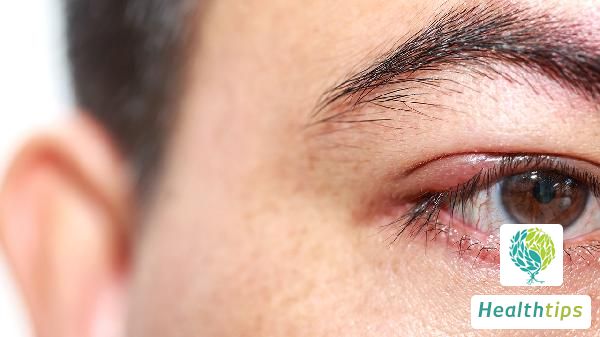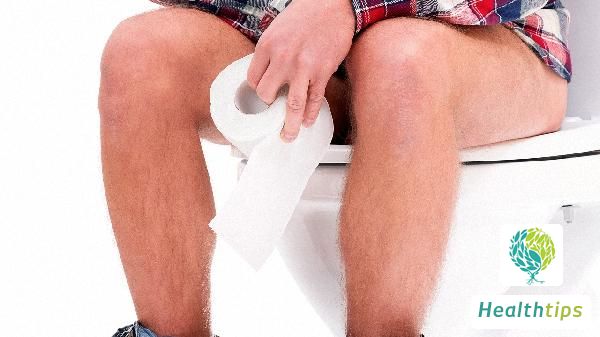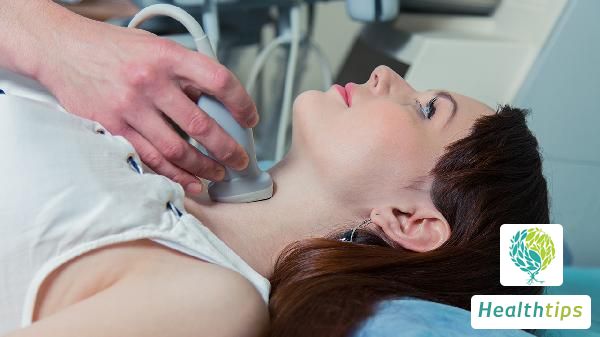What are simple recovery methods for lumbar herniation pressing on nerves?
The simplest way to recover from lumbar herniated disc compressing nerves is through conservative rehabilitation training combined with optimized living habits to achieve relief and recovery. At the same time, medication can be used to alleviate pain symptoms when necessary. Appropriate treatment methods need to be selected based on the severity of the condition, including physiotherapy, medication, and minimally invasive surgical intervention.

1. Rehabilitation Training and Improvement of Living Habits
Rehabilitation training is a crucial way for patients with lumbar disc herniation to relieve symptoms and avoid病情加重. For example:
Core Muscle Exercise: Appropriately perform "plank" exercises to enhance waist and abdominal strength and improve spine support ability. Perform 1-3 sets every day, with each set lasting 15-30 seconds, adjusted according to one's own tolerance.
Cat-Cow Stretch: Relieve lumbar stiffness and improve pain caused by nerve compression through cat-cow yoga poses. Practicing for 10 minutes a day can yield results.
Avoid Prolonged Sitting and Incorrect Postures: Maintain the natural curve of the lumbar spine when sitting, increase cushion support, and get up and move for 5-10 minutes every hour to reduce lumbar compression time.
2. Medication for Alleviating Nerve Compression Symptoms
For patients with more severe symptoms, medication can be used to reduce nerve inflammation and pain. For example:
Oral Non-steroidal Anti-inflammatory Drugs (NSAIDs), such as ibuprofen, can effectively relieve pain caused by nerve compression.
Topical anti-inflammatory and analgesic gels, such as diclofenac sodium gel, can be used to avoid adverse gastrointestinal stimulation from oral medications.
When necessary, epidural steroid injections can be administered under a doctor's guidance to directly relieve inflammation around the nerves for quicker effects.
3. Physiotherapy Intervention
Professional physiotherapy can further relieve nerve compression and reduce lumbar burden:
Traction Therapy: Improve the pressure distribution of the intervertebral disc through lumbar traction to relieve nerve compression. It is recommended 2-3 times a week.
Thermotherapy: Apply hot compresses or use far-infrared physiotherapy to promote local blood circulation and relieve tension in the nerves and surrounding muscles.
Ultrasound Biostimulation: Promote tissue repair and inflammation absorption, significantly alleviating nerve symptoms in patients with moderate to severe disc herniation.
4. Surgical Treatment Options
For patients with persistent symptom worsening or ineffective conservative treatment, minimally invasive surgeries such as percutaneous endoscopic lumbar discectomy can be selected. This surgery has small wounds, fast recovery, and strong specificity, suitable for patients with severe lumbar herniated disc compressing nerves leading to thigh numbness, lower limb weakness, etc.
Recovery from lumbar herniated disc compressing nerves requires patients to maintain regularity and patience, gradually improving through a combination of rehabilitation training, physiotherapy, and medication relief. If conservative treatment is ineffective, surgical intervention should be promptly sought to avoid severe consequences. Avoiding prolonged sitting, improper heavy lifting, and long-term incorrect postures are key to preventing recurrence.



















